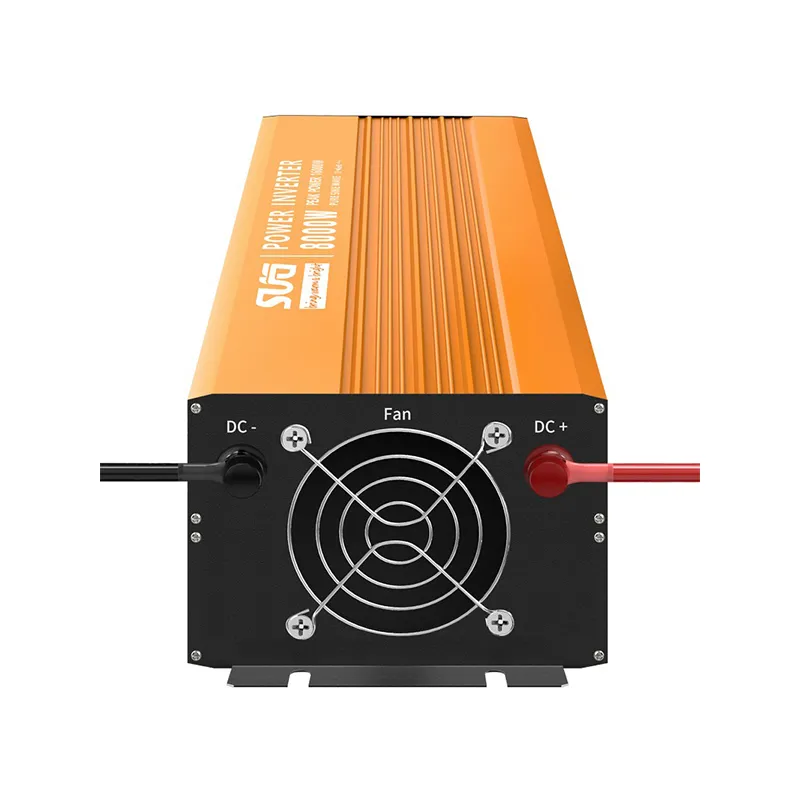Exploring Common Dimensions and Specifications of Standard Solar Panels for Optimal Energy Efficiency
Understanding Standard Solar Panel Dimensions
As the world increasingly turns to renewable energy, solar power has emerged as a leading alternative to fossil fuels. A significant aspect of solar panel installation and efficiency involves understanding the dimensions of solar panels. The standard dimensions of solar panels play a crucial role in determining the amount of energy they can produce, how they are installed, and their overall effectiveness.
Standard Dimensions
Most residential solar panels are designed in two standard sizes the 60-cell panel and the 72-cell panel. The 60-cell solar panel typically measures about 65 inches by 39 inches (approximately 1.65 meters by 1 meter). This size is commonly used in residential installations. On the other hand, the 72-cell solar panel is larger, measuring approximately 77 inches by 39 inches (about 1.96 meters by 1 meter). These larger panels are often found in commercial applications where higher energy generation is required.
Energy Output and Efficiency
The dimension of a solar panel directly influences its energy output. Generally, larger panels, such as the 72-cell variant, produce more energy than their smaller counterparts due to the increased number of cells that capture sunlight. A standard 60-cell panel can generate between 250 to 370 watts of power, while a 72-cell panel can produce between 300 to 450 watts. This output is contingent on the panel's efficiency, which often ranges from 15% to 22% for high-quality panels. Higher efficiency panels can convert more sunlight into electricity, making them an attractive option for space-limited installations.
standard solar panel dimensions

Factors Influencing Dimensions
While the standard 60-cell and 72-cell panels are widely used, other factors can influence dimensions and production capacities. Solar manufacturers may produce panels of varying dimensions designed to maximize space on rooftops or in solar farms. For instance, some companies produce compact panels that are smaller but more efficient, designed for urban environments where space is at a premium. Additionally, the thickness of the glass, the design of the frame, and the technology used in the solar cells also affect the overall dimensions and weight of the panels.
Installation Considerations
Understanding solar panel dimensions is crucial for installation planning. Proper assessment of available space is essential. Roof angles, shading from nearby structures, and orientation towards the sun all play significant roles in optimizing solar energy capture. Knowing the dimensions of the panels allows homeowners and installers to calculate how many panels can fit into the available area and to ensure that the roof can bear the weight of the solar array.
Conclusion
In summary, the dimensions of solar panels play a pivotal role in their functionality and efficiency. With standard panel sizes commonly being 60-cell and 72-cell configurations, homeowners and businesses can make informed decisions based on energy output, installation space, and overall energy needs. As solar technology continues to evolve, we can expect to see innovative panel designs that may challenge standard dimensions while further improving energy efficiency. Ultimately, understanding solar panel dimensions is not just a technical consideration but is also integral to creating a sustainable future powered by renewable energy.
-
Navigating Off Grid Solar Inverter: From Use Cases to Trusted PartnersNewsAug.05,2025
-
Solar Edge String Inverter: A Wholesaler’s Guide to Inverter Technology SelectionNewsAug.05,2025
-
Microinverters: Revolutionizing Solar Energy UseNewsAug.05,2025
-
Future of Monocrystalline Solar Panel Efficiency: Latest Technological AdvancesNewsAug.05,2025
-
Solar Panels for House: A Complete Guide to Residential Solar EnergyNewsAug.05,2025
-
Panel Bifacial Performance in Snow and Low-Light ConditionsNewsAug.05,2025







